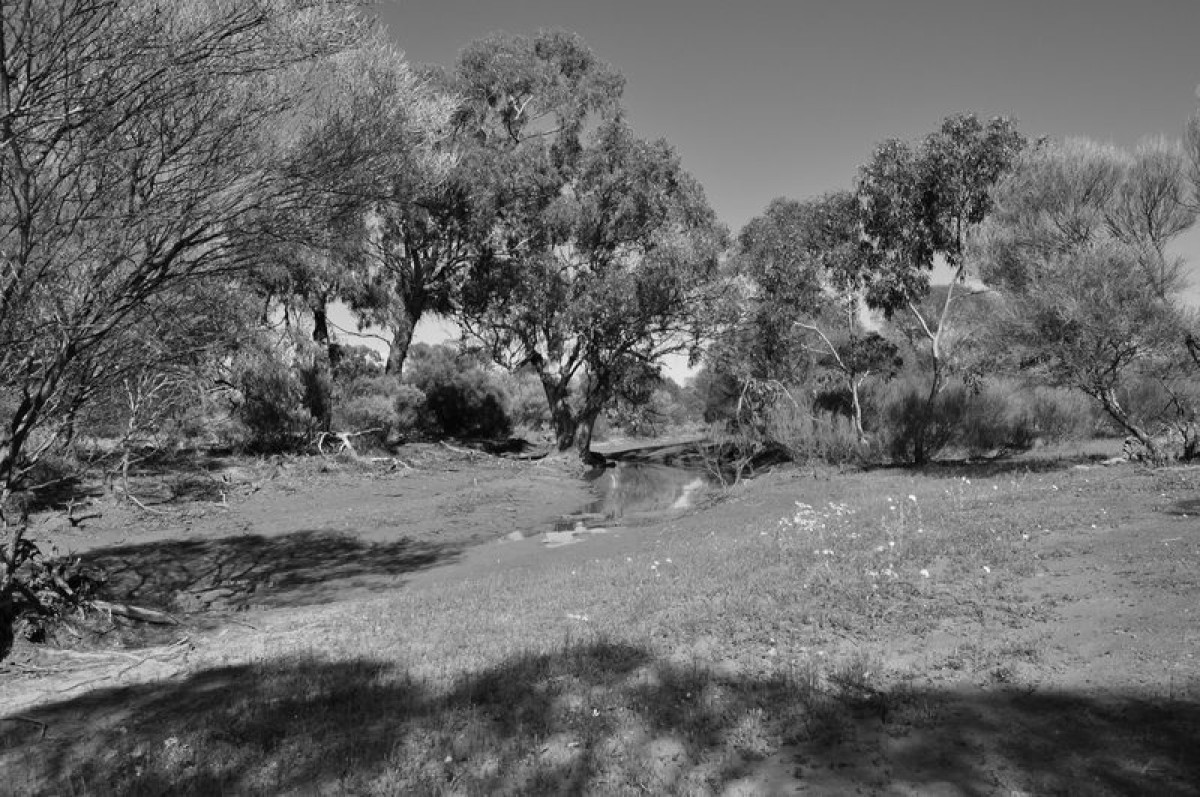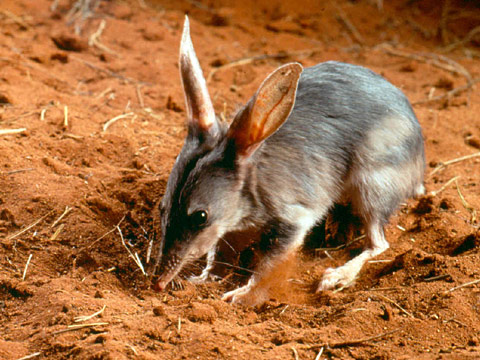SPECIES: Macrotis lagotis — Greater Bilby
CLASSIFICATION: Vulnerable
If ever there was a species correctly described by its name, this could be it. Bilby (scientific name Macrotis lagotis - Macrotis means 'big-eared'). The word ‘bilby’ comes from an Aboriginal word used by the Yuwaalaraay people, and means ‘long-nosed rat’. They are highly adapted as a species - able to survive and tough it out in the driest of habitats; they have long, sharp claws for digging burrows; they are an omnivore - so the food source isn't much of an issue; they don't require water - instead getting the moisture they need from their food; and for a female Bilby, her pouch opens at the bottom, so as to not shovel dirt in with joeys she may be carrying. The only thing Bilby doesn't have is good eyesight, instead relying on it's very sharp hearing and sense of smell.
It's hard to believe that the Greater Bilby was once found across 70% of Australia. Back then, there were two species Bilby - Lesser Bilby and Greater Bilby. Sadly, the Lesser Bilby was declared extinct in the 1950's and today, there could be fewer than 10,000 Greater Bilbies left. Under threat from loss of habitat from farming and mining activites, the Bilby also struggles because it competes for food with rabbits. Natural predators include eagles, snakes and lizards, but feral cats and foxes have certainly had much more of a devastating impact on what's left of the Greater Bilby.
Photo: By Kevin503 - Own work, CC BY-SA 3.0, https://commons.wikimedia.org/w/index.php?curid=19...

